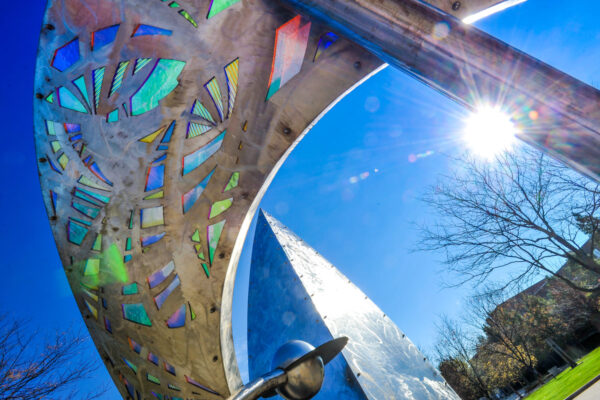The State of Science and Engineering in Higher Education
Title: Higher Education in Science and Engineering
Source: The National Science Board
Authors: Josh Trapani and Katherine Hale
The National Science Board has released their annual Higher Education in Science and Engineering Report, which provides information on the state of science and engineering (S&E) across the United States.
The report highlights trends in the demographic characteristics of students, sources of financial support for degree recipients, institutions producing S&E graduates, and degrees awarded by field, providing international context.
The report’s findings include:
- Within the share of all degrees awarded, S&E degrees have continued to increase since 2000, though federal financial support for full-time S&E graduate students currently stands at 15 percent, having decreased nearly 6 percentage points since 2004.
- In 2017, women accounted for nearly half of all S&E bachelor’s degrees awarded, though gaps remained at the associate, master’s and doctoral degree levels (46 percent, 43 percent, and 45 percent respectively), with overrepresentation in social sciences and underrepresentation in physical sciences.
- While the share of annual bachelor’s degree attainment for Hispanic students has doubled since 2000, the share of bachelor’s degree attainment for Black students has remained nearly the same as in 2000.
- Black students remain underrepresented at every degree level.
- Hispanic and American Indian and Alaskan Native also remain underrepresented at every degree level except for associate degrees.
- International students continue to earn one-third of S&E doctorates within the United States.
- Though the United States produces the most S&E doctoral degree recipients overall, since 2007, China has and continues to produce more S&E doctoral degree recipients in natural sciences and engineering.
To read the full report, visit the National Science Board’s website.
—Charles Sanchez
If you have any questions or comments about this blog post, please contact us.


